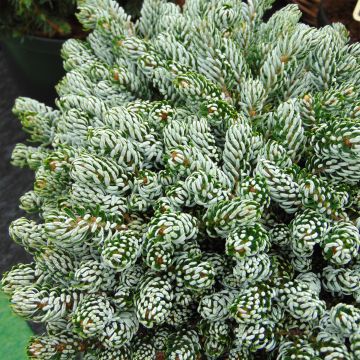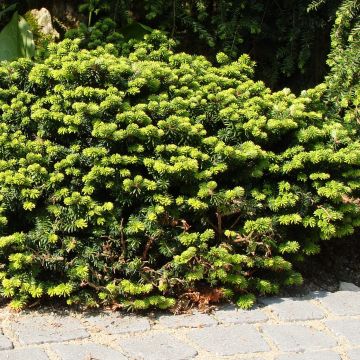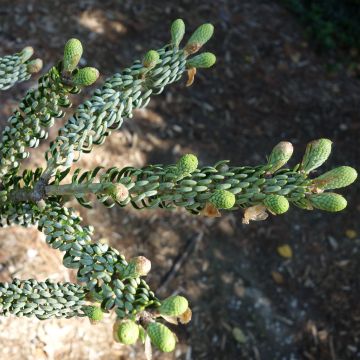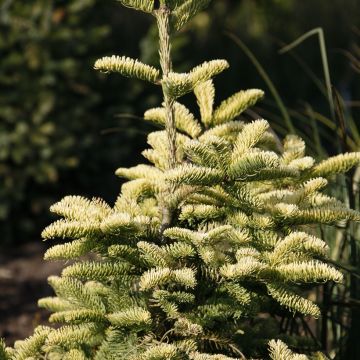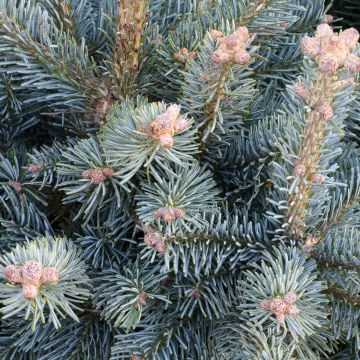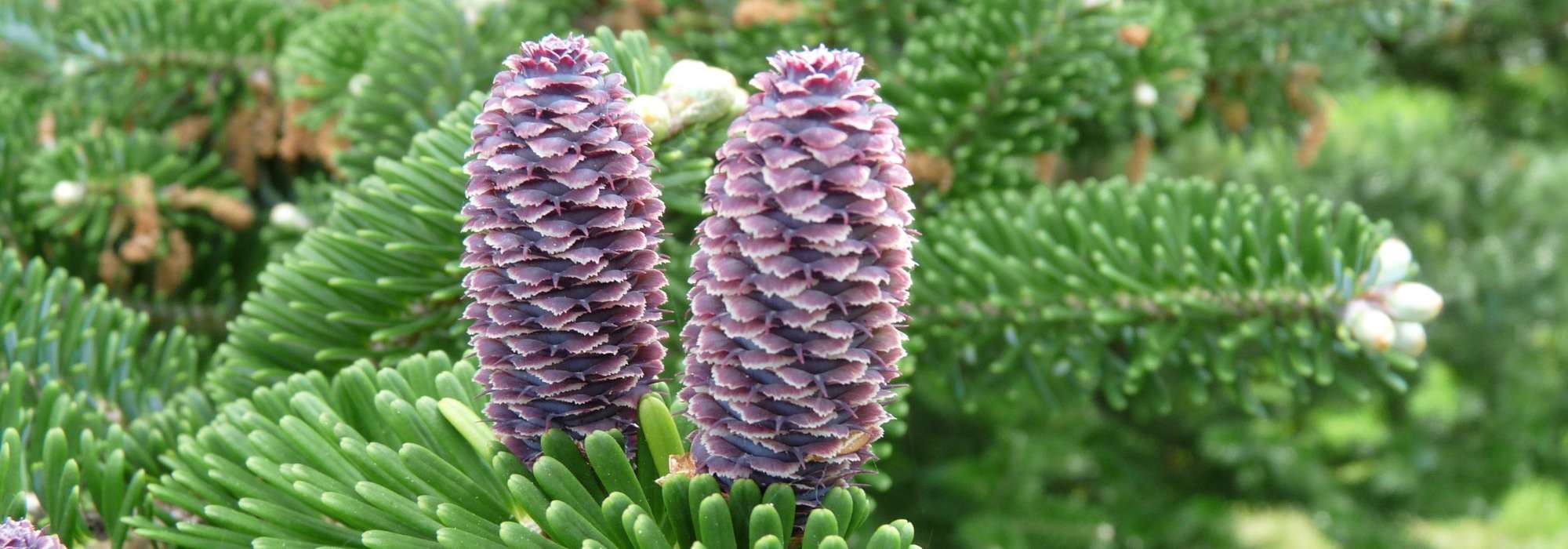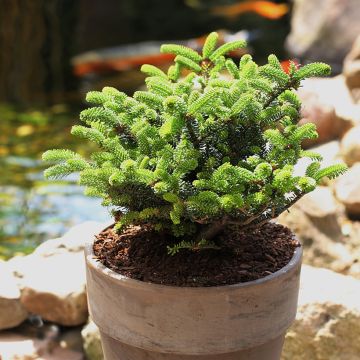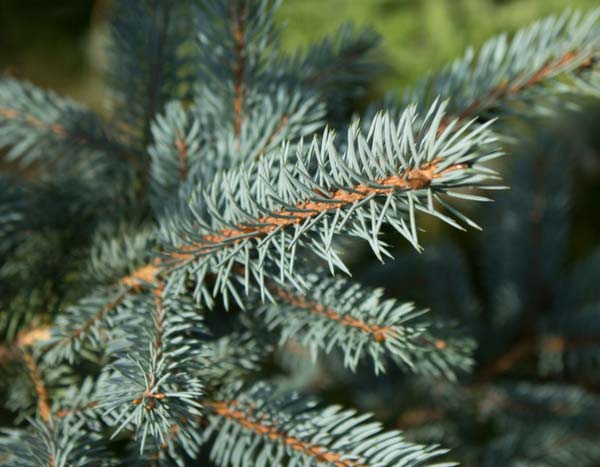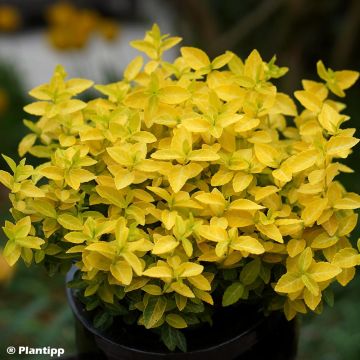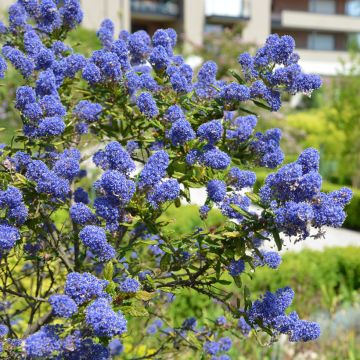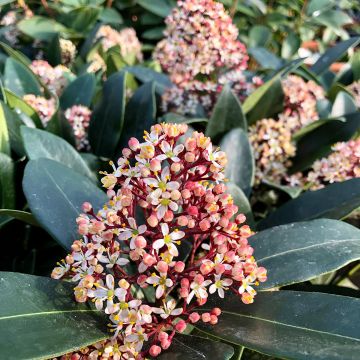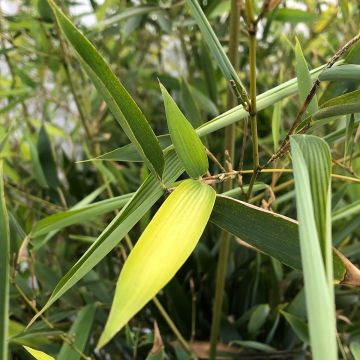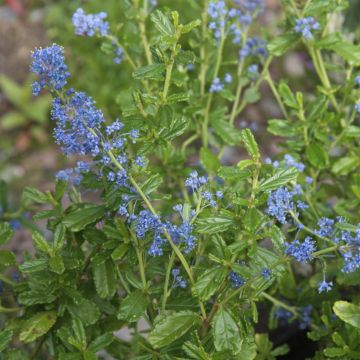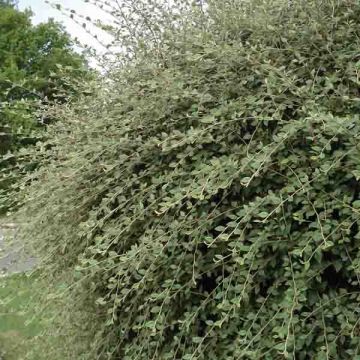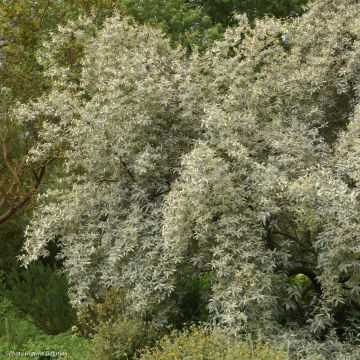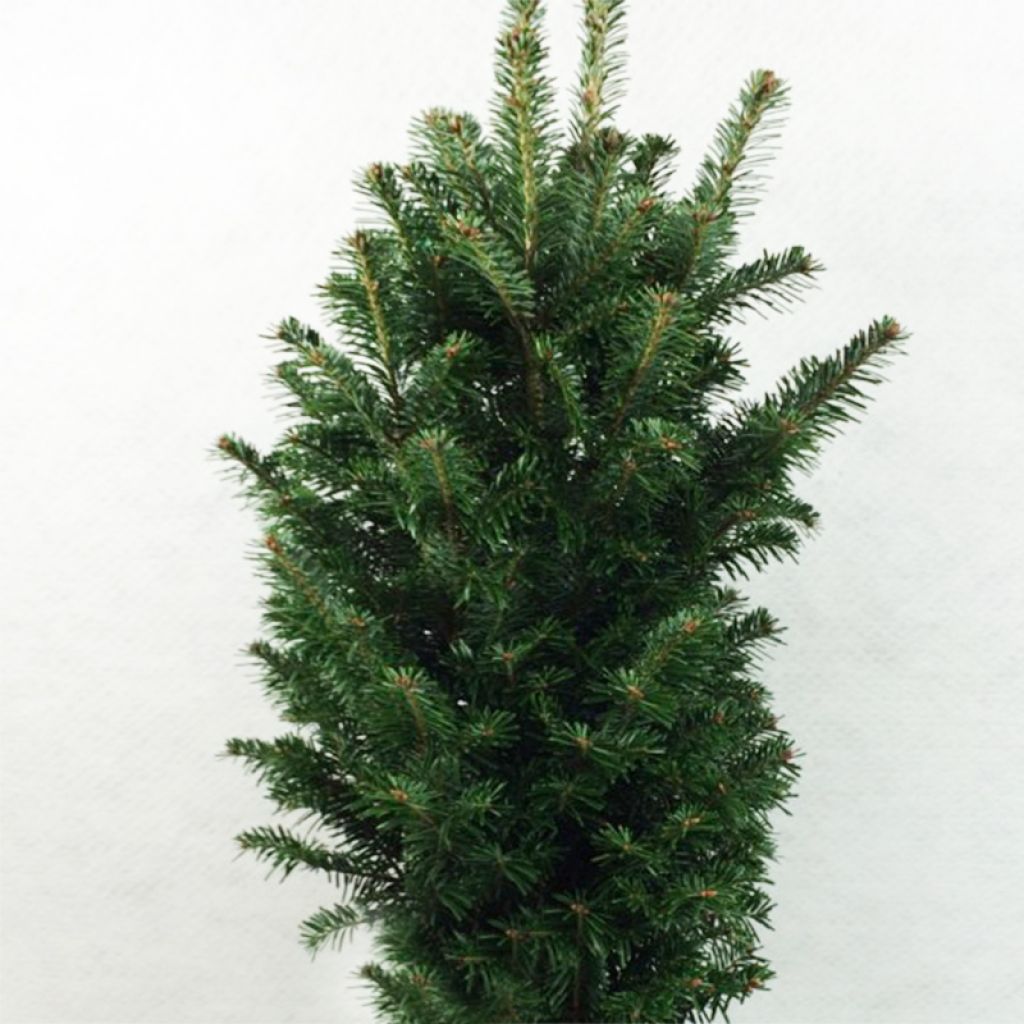

Abies alba Pyramidalis - Dwarf White Fir
Abies alba Pyramidalis - Dwarf White Fir
Abies alba Pyramidalis
Dwarf white fir
Delighted with my beautiful fir tree, arrived safely, and very pretty.
Draedhan, 12/04/2025
Special offer!
Receive a €20 voucher for any order over €90 (excluding delivery costs, credit notes, and plastic-free options)!
1- Add your favorite plants to your cart.
2- Once you have reached €90, confirm your order (you can even choose the delivery date!).
3- As soon as your order is shipped, you will receive an email containing your voucher code, valid for 3 months (90 days).
Your voucher is unique and can only be used once, for any order with a minimum value of €20, excluding delivery costs.
Can be combined with other current offers, non-divisible and non-refundable.
Why not try an alternative variety in stock?
View all →This plant carries a 24 months recovery warranty
More information
We guarantee the quality of our plants for a full growing cycle, and will replace at our expense any plant that fails to recover under normal climatic and planting conditions.

Would this plant suit my garden?
Set up your Plantfit profile →
Description
Abies alba 'Pyramidalis' is a dwarf and highly ornamental fir. It has a columnar and conical silhouette adorned with dense and dark foliage with a silver underside, and a very soft appearance. In spring, the young shoots are creamy yellow, and in summer, the foliage is covered with small upright green cones that later take on a pretty purplish or reddish-brown hue. This small fir, with its modest size and presence, will easily become the focal point of a large rock garden or a small garden, in cool, preferably acidic soil.
Also known as Common Fir and capable of reaching 50 m (164 ft) in height in its natural environment, the white fir is an evergreen tree of the pine family native to the mountains of central and southern Europe. The dwarf variety 'Pyramidalis', with a columnar habit, grows quite rapidly in a conical shape, reaching 2.50 m (8.2 ft) in height and 1 m (3.3 ft) in width in 10 years. It bears greyish and dark branches, covered with very dark green, shiny, silvery-reverse needles, arranged in rows on either side of the lateral branches. Its very pale-yellow young shoots beautifully contrast with the older foliage. Its smooth grey bark cracks over time, adding an interesting dimension to its beautiful vegetation. The cones of young subjects ripen to a purplish hue.
Abies alba 'Pyramidalis' is ideal for decorating a large rock garden or standing out in a small garden thanks to its dense presence and moderate stature. With its columnar and majestic silhouette, it will work wonders in the centre of a bed of perennials and low conifers, especially if planted in groups of 3 subjects. The visual qualities of dwarf conifers suit the design of a contemporary garden, which prefers the aesthetics of shapes, silhouettes and textures to the daintiness of flowers. These plants are a perfect alternative to trimmed boxwood, and can be used to mark pathways or border terraces. They serve as a setting for roses, peonies, or tousled grasses. They can also be planted with ground cover plants such as aubrietas, cerastium, and flowering shrubs. The key is to play with volumes and colours to find the right look for your garden.
Tips: Water during periods of high heat as it is sensitive to drought.
Abies alba Pyramidalis - Dwarf White Fir in pictures
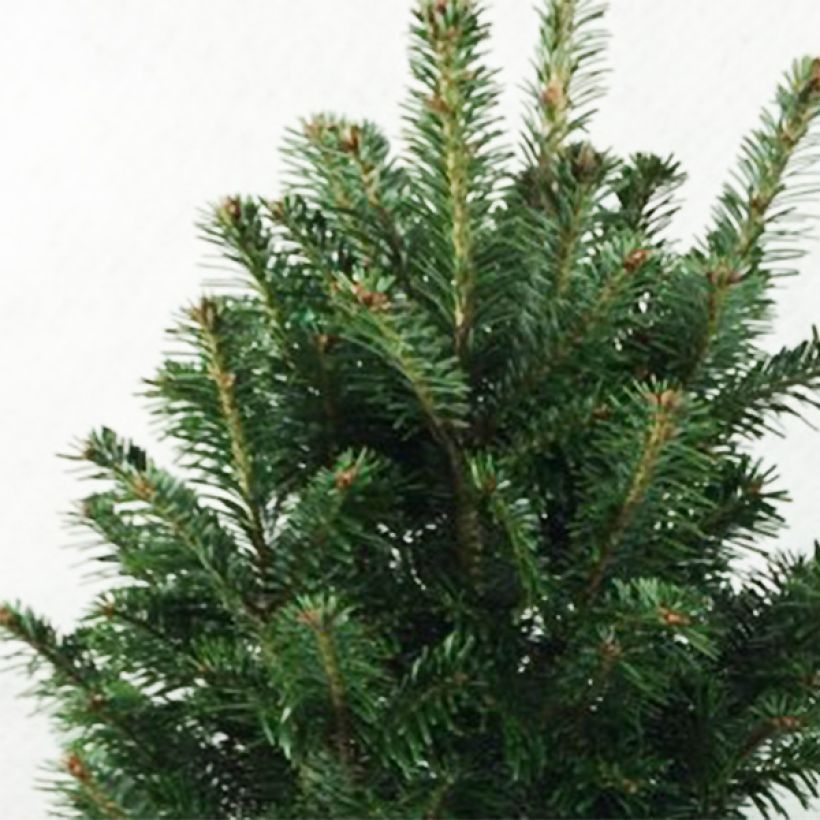

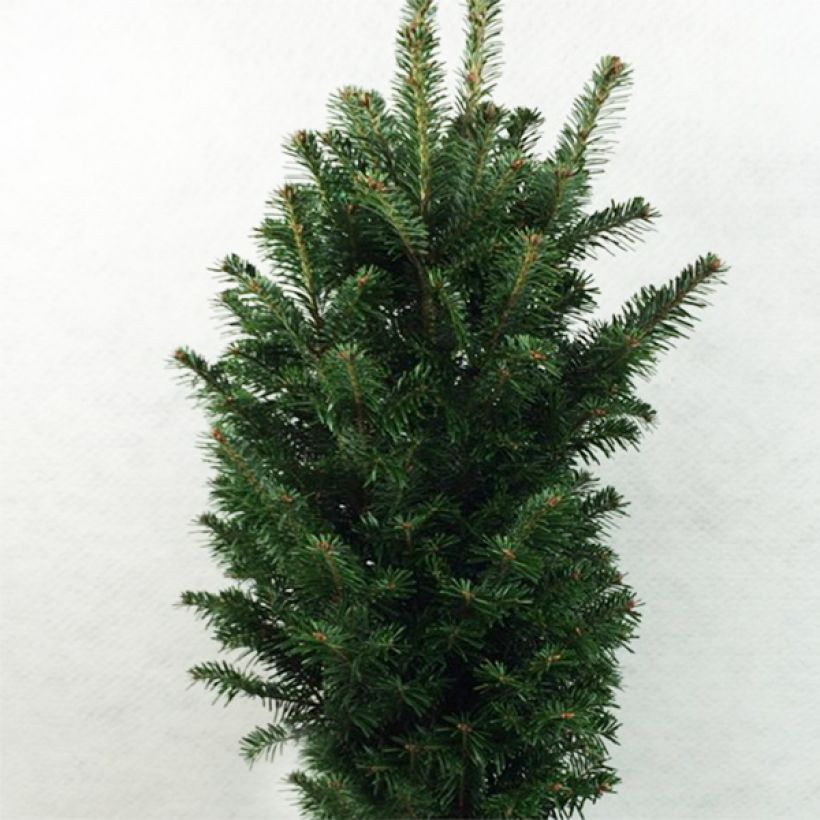

Plant habit
Flowering
Foliage
Botanical data
Abies
alba
Pyramidalis
Pinaceae
Dwarf white fir
Cultivar or hybrid
Other Abies
View all →Planting and care
Plant Abies alba 'Pyramidalis' in spring or autumn, in well-drained soil that retains moisture, is rich in humus, and is slightly acidic to neutral. This conifer thrives in both full sun and partial shade. Regularly water the young plants during the months following planting. The dwarf fir does not tolerate any drought, as it is a species of cool, oceanic or mountain climate. This bush does not require pruning, but any unsightly or obstructive branches can be removed to accentuate its narrow habit.
Planting period
Intended location
Care
Planting & care advice
-
, onOrder confirmed
Reply from on Promesse de fleurs
Similar products
Haven't found what you were looking for?
Hardiness is the lowest winter temperature a plant can endure without suffering serious damage or even dying. However, hardiness is affected by location (a sheltered area, such as a patio), protection (winter cover) and soil type (hardiness is improved by well-drained soil).

Photo Sharing Terms & Conditions
In order to encourage gardeners to interact and share their experiences, Promesse de fleurs offers various media enabling content to be uploaded onto its Site - in particular via the ‘Photo sharing’ module.
The User agrees to refrain from:
- Posting any content that is illegal, prejudicial, insulting, racist, inciteful to hatred, revisionist, contrary to public decency, that infringes on privacy or on the privacy rights of third parties, in particular the publicity rights of persons and goods, intellectual property rights, or the right to privacy.
- Submitting content on behalf of a third party;
- Impersonate the identity of a third party and/or publish any personal information about a third party;
In general, the User undertakes to refrain from any unethical behaviour.
All Content (in particular text, comments, files, images, photos, videos, creative works, etc.), which may be subject to property or intellectual property rights, image or other private rights, shall remain the property of the User, subject to the limited rights granted by the terms of the licence granted by Promesse de fleurs as stated below. Users are at liberty to publish or not to publish such Content on the Site, notably via the ‘Photo Sharing’ facility, and accept that this Content shall be made public and freely accessible, notably on the Internet.
Users further acknowledge, undertake to have ,and guarantee that they hold all necessary rights and permissions to publish such material on the Site, in particular with regard to the legislation in force pertaining to any privacy, property, intellectual property, image, or contractual rights, or rights of any other nature. By publishing such Content on the Site, Users acknowledge accepting full liability as publishers of the Content within the meaning of the law, and grant Promesse de fleurs, free of charge, an inclusive, worldwide licence for the said Content for the entire duration of its publication, including all reproduction, representation, up/downloading, displaying, performing, transmission, and storage rights.
Users also grant permission for their name to be linked to the Content and accept that this link may not always be made available.
By engaging in posting material, Users consent to their Content becoming automatically accessible on the Internet, in particular on other sites and/or blogs and/or web pages of the Promesse de fleurs site, including in particular social pages and the Promesse de fleurs catalogue.
Users may secure the removal of entrusted content free of charge by issuing a simple request via our contact form.
The flowering period indicated on our website applies to countries and regions located in USDA zone 8 (France, the United Kingdom, Ireland, the Netherlands, etc.)
It will vary according to where you live:
- In zones 9 to 10 (Italy, Spain, Greece, etc.), flowering will occur about 2 to 4 weeks earlier.
- In zones 6 to 7 (Germany, Poland, Slovenia, and lower mountainous regions), flowering will be delayed by 2 to 3 weeks.
- In zone 5 (Central Europe, Scandinavia), blooming will be delayed by 3 to 5 weeks.
In temperate climates, pruning of spring-flowering shrubs (forsythia, spireas, etc.) should be done just after flowering.
Pruning of summer-flowering shrubs (Indian Lilac, Perovskia, etc.) can be done in winter or spring.
In cold regions as well as with frost-sensitive plants, avoid pruning too early when severe frosts may still occur.
The planting period indicated on our website applies to countries and regions located in USDA zone 8 (France, United Kingdom, Ireland, Netherlands).
It will vary according to where you live:
- In Mediterranean zones (Marseille, Madrid, Milan, etc.), autumn and winter are the best planting periods.
- In continental zones (Strasbourg, Munich, Vienna, etc.), delay planting by 2 to 3 weeks in spring and bring it forward by 2 to 4 weeks in autumn.
- In mountainous regions (the Alps, Pyrenees, Carpathians, etc.), it is best to plant in late spring (May-June) or late summer (August-September).
The harvesting period indicated on our website applies to countries and regions in USDA zone 8 (France, England, Ireland, the Netherlands).
In colder areas (Scandinavia, Poland, Austria...) fruit and vegetable harvests are likely to be delayed by 3-4 weeks.
In warmer areas (Italy, Spain, Greece, etc.), harvesting will probably take place earlier, depending on weather conditions.
The sowing periods indicated on our website apply to countries and regions within USDA Zone 8 (France, UK, Ireland, Netherlands).
In colder areas (Scandinavia, Poland, Austria...), delay any outdoor sowing by 3-4 weeks, or sow under glass.
In warmer climes (Italy, Spain, Greece, etc.), bring outdoor sowing forward by a few weeks.






























